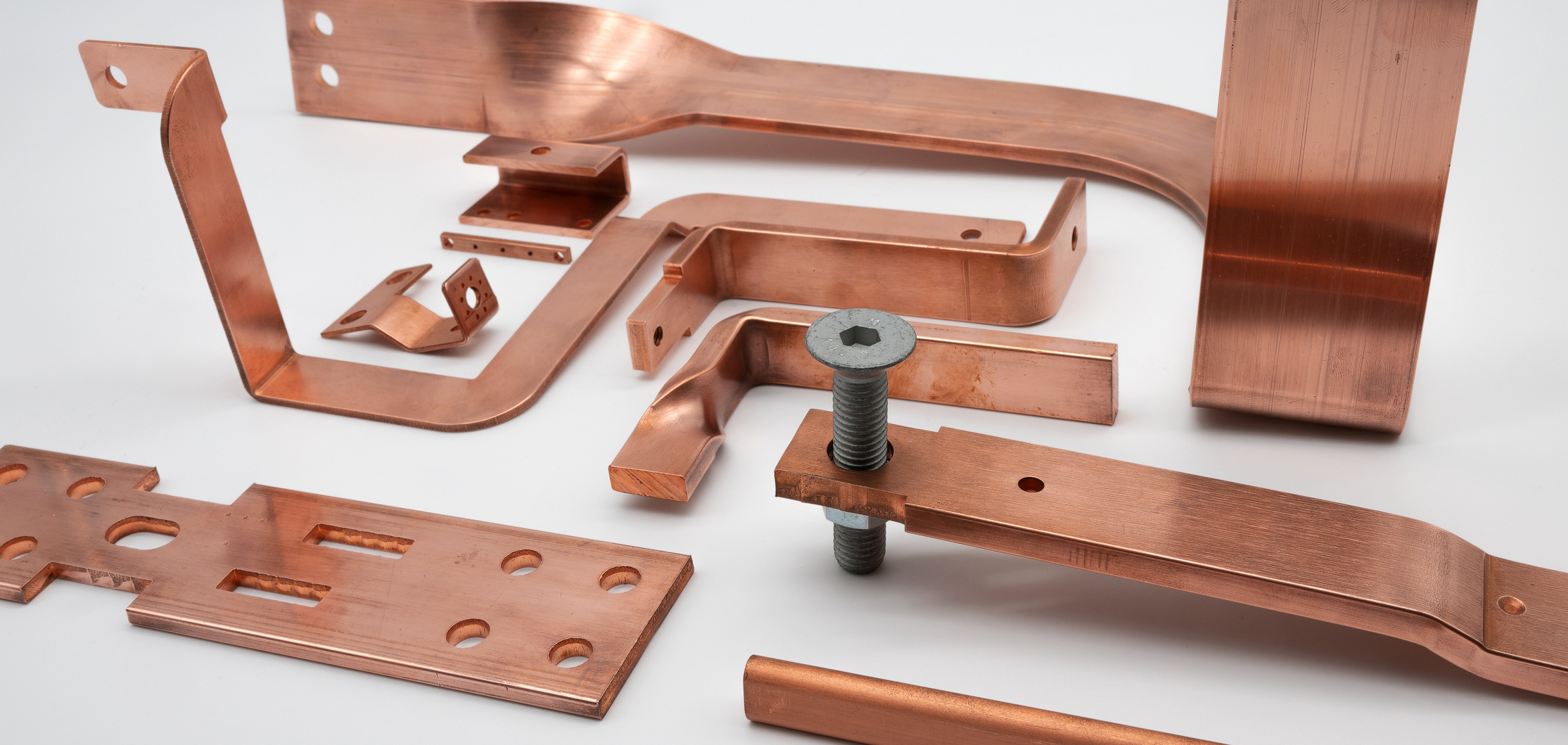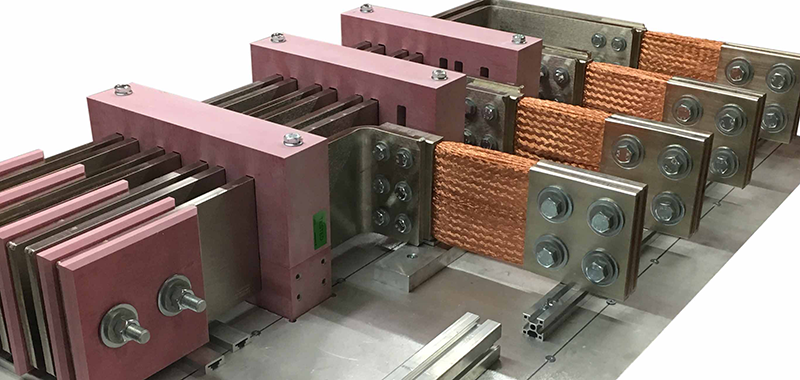Innovation meets precision.
High-quality products and solutions for efficient energy transmission.
Efficiency innovation in perfection
The future of electrical engineering begins here.
Innovation, precision, and efficiency – the Promet AG develops products that make a difference. With state-of-the-art technology and decades of experience, we create solutions that make your applications more powerful, economical, and future-proof.
Busbars –
Maximum power for your applications
Energy transmission at the highest level: Our busbars made of copper, aluminum, and cuponal are the reliable basis for electrical connections in switchgear, energy distribution systems, and transport systems. Thanks to innovative manufacturing technologies, we optimize material use, efficiency, and longevity – precisely tailored to your requirements.
ProFlex –
The revolution in wiring
Forget about cumbersome wiring! ProFlex is our intelligent wiring system that makes your installation faster, more space-saving, and cost-efficient. Whether for control cabinets, energy systems, or vehicles – ProFlex adapts flexibly and minimizes assembly times and maintenance efforts. Efficiency has never been so easy.
Assembly manufacturing –
Perfection in series
Your idea, our implementation: We develop and manufacture electromechanical assemblies that are precisely tailored to your specifications. From the initial sketch to series production, we deliver the highest quality and precise solutions – economical, efficient, and reliable.
Together for a powerful future. Rely on innovation, quality, and partnership – for sustainable, powerful, and economical solutions in electrical engineering.
Promet AG – Where technology meets perfection.
We develop tailored solutions – Realize your vision with us!
We are happy to provide non-binding advice and show you our individual solutions.
Expert Consultation
We take time for your wishes and needs.
Innovative Solutions
Creative approaches tailored precisely to your vision.
Reliability
We accompany you from idea to successful implementation.
Flexibility
Your requirements are our focus – we adapt to you.
Long-Term Partnership
Your success is our goal, even beyond the project.


